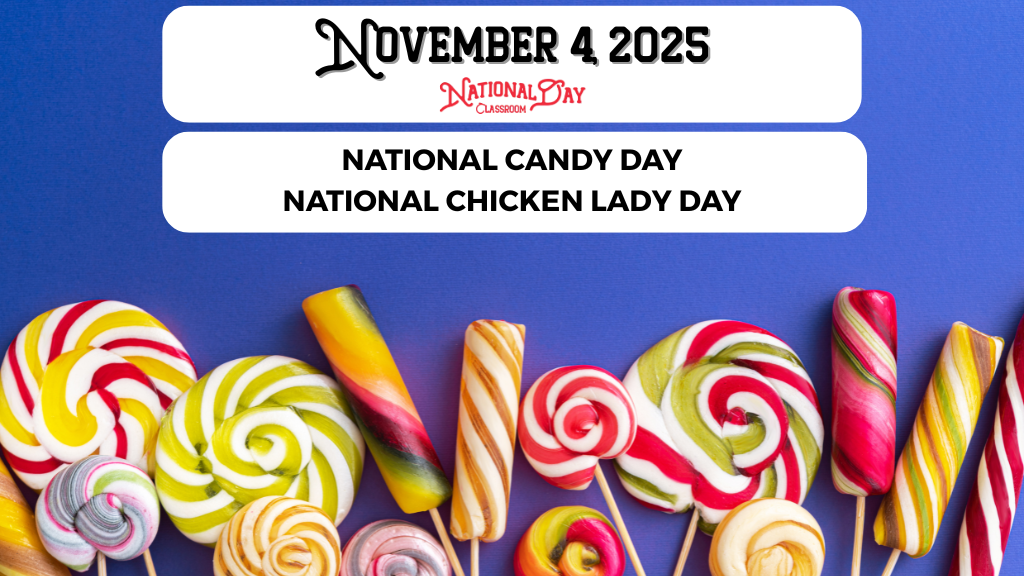
Absolutely! However, as a jumping-off point for science and math lessons.
🧪 Science Lesson: Candy Chromatography & Dissolving Rates
This lesson explores separation techniques and solubility using candy coatings.
Activity 1: Candy Chromatography 🌈
- Concept: Separating mixtures (the different color dyes that make up the candy coating).
- Materials: White coffee filters or chromatography paper, small cups or beakers, water, pencils, and M&M’s or Skittles (focus on using a few different colors).
- Procedure:
- Place a small amount of water in the cups (about 1 cm deep).
- Use a small wet candy piece to create a concentrated dot of color near the bottom edge of the filter paper.
- Hang the paper so the very bottom edge (but not the color dot itself) touches the water.
- The water (solvent) will travel up the paper, separating the dyes (solutes) into bands of color.
- Discussion: Why did the colors separate? (The different dyes have different molecular weights and are attracted to the paper and the water at different rates.)
Activity 2: Dissolving Race ⏱️
- Concept: Solubility and factors affecting the rate of dissolving (surface area, stirring, temperature).
- Materials: Identical cups of water (half at room temperature, half warm), stopwatches, various candies (e.g., small chocolate chip, gum ball, hard Jolly Rancher).
- Procedure:
- Students predict which candy will dissolve fastest in the room-temperature water.
- Place one piece of each candy into separate cups of water and start the stopwatch.
- Record the time it takes for each candy to fully dissolve.
- Extension: Repeat the experiment using warm water to see how temperature affects the dissolving rate.
- Discussion: Why did the hard candy take longer than the chocolate? (It has a different chemical composition and is less soluble in water.) How did the warm water change the results? (Increased temperature provides more energy, making the molecules move faster and increasing the rate of dissolving.)
➕ Math Lesson: Data Analysis & Measurement
This lesson uses candy to practice sorting, graphing, measurement, and statistical analysis.
Activity 1: The Great Candy Count & Graph 📊
- Concept: Sorting, counting, bar graphs, and interpreting data.
- Materials: Individual small bags of multi-colored candy (e.g., M&M’s, Skittles), graph paper, colored pencils.
- Procedure:
- Students sort their candy into separate piles by color.
- They count the total number of each color.
- They use this data to create a bar graph (Color on the x-axis, Quantity on the y-axis).
- Analysis Questions:
- Which color is the mode (most frequent)?
- How many more red pieces are there than blue pieces (finding the difference)?
- What is the ratio of green pieces to yellow pieces?
Activity 2: Mass and Perimeter Measurement📏
- Concept: Measuring mass (weight) and perimeter using standard and non-standard units.
- Materials: Digital scale (for mass), rulers (for perimeter), variety of candies (e.g., square chocolate, round gum ball, rectangular chocolate bar).
- Procedure:
- Mass: Students use the digital scale to measure and record the mass (in grams) of three different types of candy.
- Perimeter/Circumference: Students measure the length of the sides of a rectangular or square candy to find its perimeter. For a round candy, they can practice measuring its diameter or circumference using a string and a ruler.
- Discussion: Which piece of candy has the greatest mass? How does its size compare to its mass?
Enjoy and download the Lesson PDF here.